Behind the Scenes of "The Eternal Space," A Play About Penn Station's Demolition
This Thanksgiving, our Chief Experience Officer reflects on his gratitude for the play that changed his life!


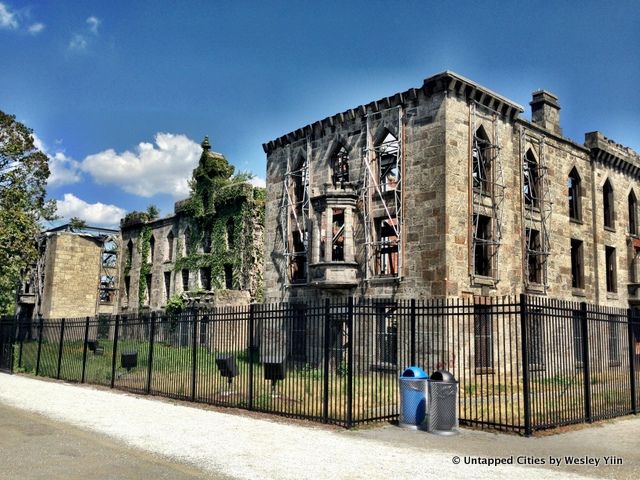
If you found out that the building you lived or worked in was once an asylum, would you move out? Or would you stay, and risk going crazy yourself at the hands of the ghosts of former patients? Today, we’re rounding up some of New York City’s former asylums. Some are extremely creepy; others you would never expect to have once housed the clinically insane.
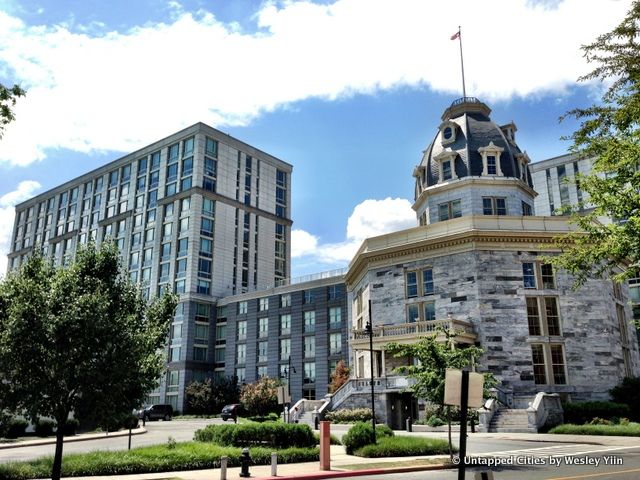
This high end apartment complex on Roosevelt Island was so beautifully restored that it’s hard to believe it was once the decrepit New York City Lunatic Asylum, which opened in 1841. In fact, this was the very asylum that journalist Nellie Bly notoriously checked herself into and then slammed in her exposé Ten Days in a Mad-House. This iconic building, which has been listed on the National Register of Historic Places, was constructed at this site because its pleasant island location was thought to be soothing to the mentally ill patients. Ironically, as explained by Bly, the hospital’s poor conditions probably nullified any environmental healing that occurred.
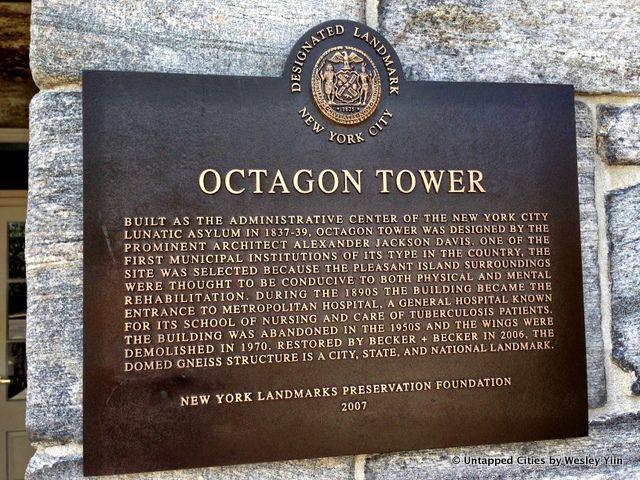
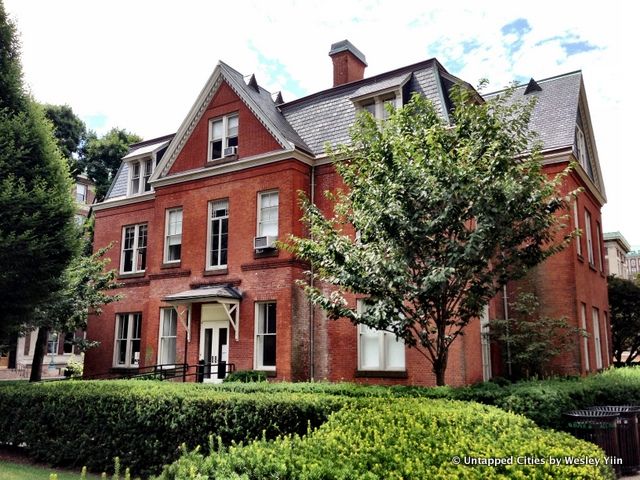
The Bloomingdale Insane Asylum once occupied much of what is now the Columbia University Main Campus. In 1821, the asylum opened its doors, and twenty years later, when the New York City Lunatic Asylum opened for the destitute, Bloomingdale essentially became reserved for wealthier patients (although it failed to offer better treatment). The hospital grounds eventually became filled with gardens and walkways to assist with the patients’ recuperation. In the 1880’s, the asylum’s properties were sold off to different institutions in Morningside Heights, including Columbia University. Today, the only remaining building from Bloomingdale is Buell Hall, which houses the university’s Maison Française French cultural center and some architectural galleries.
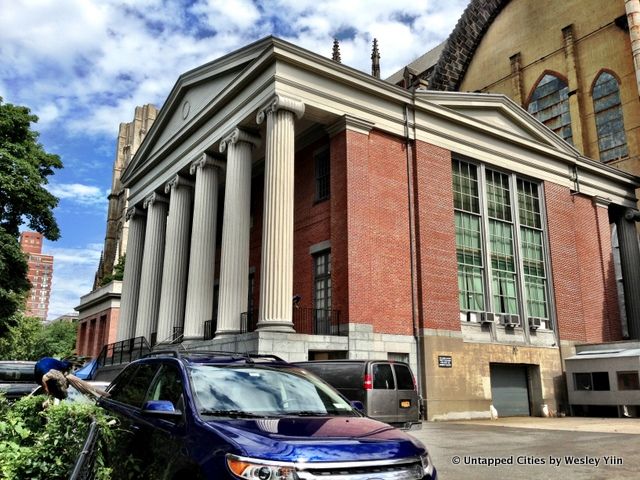
Did you notice the peacock?
One of the institutions that purchased property from the Bloomingdale Asylum was the Leake and Watts Orphan Asylum on West 112th Street. The original building of this asylum, which could house 300 children, was completed in 1843. In 1891, the orphanage moved to Westchester County, leaving the site open for construction of the Cathedral, which took over one hundred years to finish. Today, the original orphanage building stands behind the monumental Cathedral, serving as a “textile lab,” according to a nearby security guard.
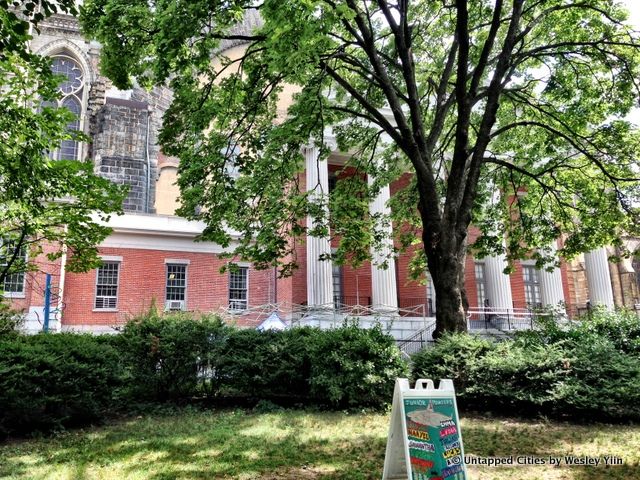
The orphanage building, located behind the church.
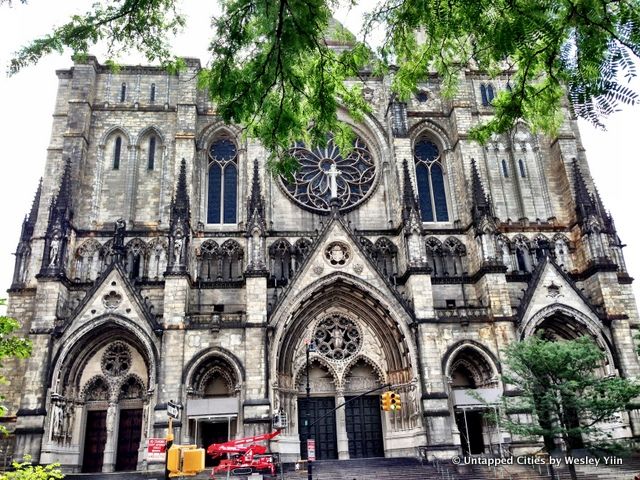
The facade of the Cathedral.
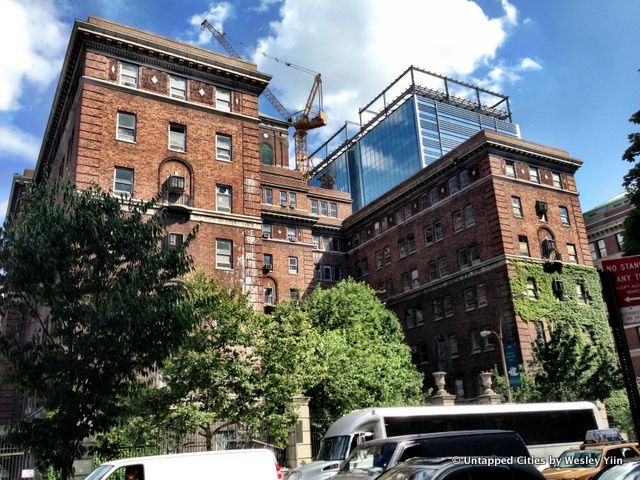
Since it is located near many of NYU’s medical buildings, this building from 1931 might be mistaken for a university facility. It was actually once the Bellevue Psychiatric Hospital, part of the oldest public hospital in the United States: the Bellevue Hospital Center. Though not technically an asylum, many of the city’s criminally insane were unceremoniously dumped here. Often, they were readmitted, signifying the severity of their cases. Perhaps because of this, the hospital building slowly transformed into a men’s homeless shelter, completing the metamorphosis in 1998. In recent years, there have been plans to redevelop the building into a hotel and conference center, but they went unrealized.
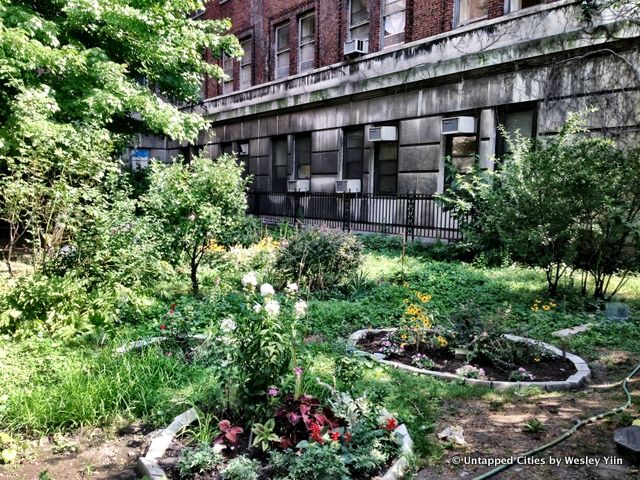
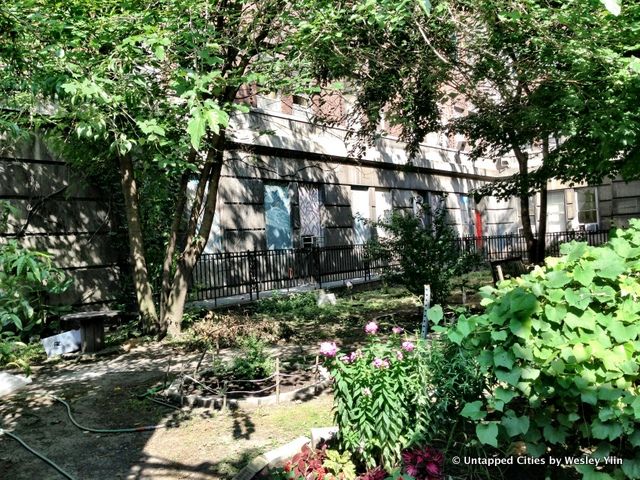
Some of the courtyard’s windows are painted as well.
Not functionally an asylum, the Renwick Smallpox Hospital on Roosevelt Island opened in 1856. It mostly served those afflicted with smallpox, but also held some clinically insane patients. In 1886, the building transitioned into a nurses’ residence and hospital training center. Soon after the island was renamed Welfare Island, the hospital was deserted. Since then, the building has fallen into ruin. Despite this, the structure was added to the National Register of Historic Places in 1972 (becoming the city’s only landmarked ruin), and plans were made to restore it. Not much progress has been made as the ruin currently sits behind a fence on the grounds of the Franklin D. Roosevelt Four Freedoms Park.
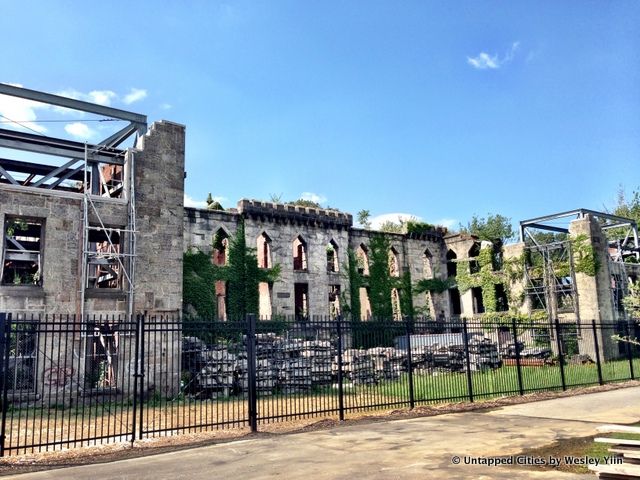

Get in touch with the author @YiinYangYale.
Subscribe to our newsletter